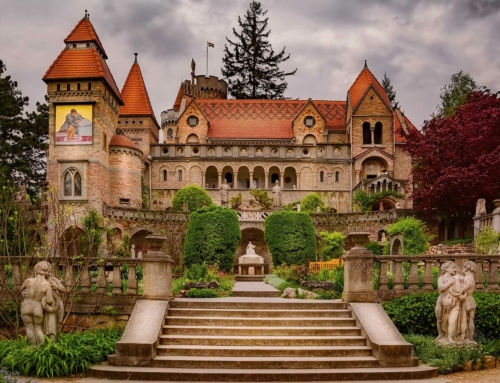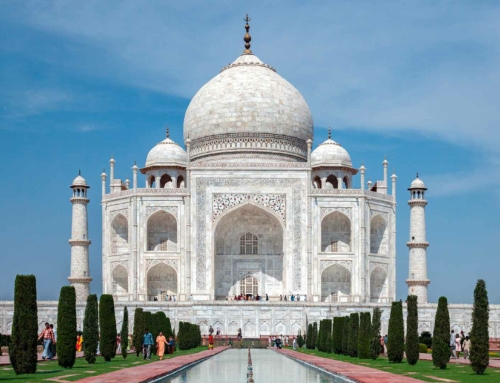Neuschwanstein Castle
Neuschwanstein Castle, often referred to as the “Fairytale Castle,” is a renowned architectural masterpiece nestled in the Bavarian Alps of Germany. With its stunning beauty and rich history, Neuschwanstein Castle has captivated the hearts of millions of visitors from around the world. This enchanting castle is not only an emblem of Germany but also a symbol of romanticism and architectural brilliance. Its story is a fascinating tale of kings, dreams, and the enduring legacy of a bygone era.
The origin of Neuschwanstein Castle can be traced back to the 19th century when Bavaria was ruled by King Ludwig II. Born in 1845, Ludwig II ascended to the throne in 1864 at the young age of 18. He was a passionate admirer of the arts, particularly music and theater, and had a deep affinity for the Romantic movement. His profound love for the fantastical and the whimsical inspired him to embark on ambitious architectural projects.
Neuschwanstein Castle, originally conceived as a retreat for the reclusive king, was envisioned as a homage to the operatic works of Richard Wagner, a composer Ludwig II greatly admired. Construction of the castle began in 1869 and continued for 17 years, though it was never truly completed. The design of the castle was a collaboration between several architects, most notably Eduard Riedel and Georg Dollmann, who incorporated elements of medieval and Romanesque architecture into the construction, giving it a fairytale-like appearance.
The castle’s name, “Neuschwanstein,” translates to “New Swan Stone,” which is a reference to the swan, a symbol associated with Richard Wagner’s famous opera, “Lohengrin.” The castle’s interior was equally extravagant, featuring lavishly decorated rooms and halls inspired by various Wagnerian characters and themes. Notably, the Singers’ Hall is a remarkable space adorned with frescoes depicting scenes from Wagner’s operas.
Tragically, King Ludwig II never lived to see his vision fully realized. The eccentric king was plagued by financial difficulties due to his ambitious construction projects and erratic spending, which led to concerns about his rule. In 1886, Ludwig II was declared insane and deposed from the throne. A day later, under mysterious circumstances, he was found dead in Lake Starnberg, along with his psychiatrist, Dr. Bernhard von Gudden.
Following Ludwig II’s death, Neuschwanstein Castle was opened to the public in 1886, despite being unfinished. Over the years, it has become one of the most iconic and visited castles in Europe, attracting millions of tourists annually. Its enchanting setting, perched atop a rugged hill, surrounded by lush forests and overlooking the picturesque Hohenschwangau Valley, adds to its allure.
Neuschwanstein Castle’s fame extends beyond its architectural and historical significance. It has served as a source of inspiration for countless artists, filmmakers, and writers, and it even served as the model for Disney’s Sleeping Beauty Castle. Its stunning vistas and fairy tale-like ambiance continue to enchant visitors, making it a must-visit destination for anyone seeking to experience the magic of Bavaria.
Neuschwanstein Castle stands as a testament to the romantic ideals and extravagant dreams of King Ludwig II. Its fairy tale appearance and rich history continue to captivate the imaginations of people from around the world, making it an enduring symbol of both Bavaria and the enduring power of human creativity and imagination.






